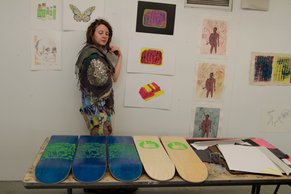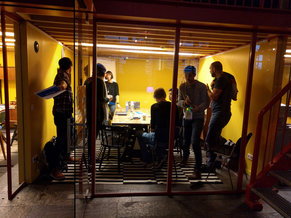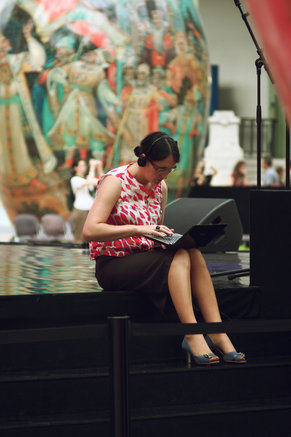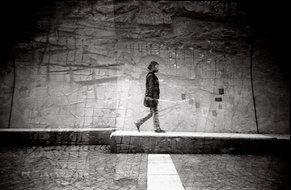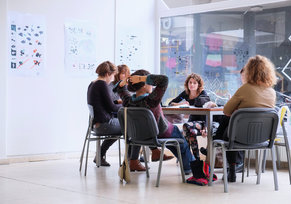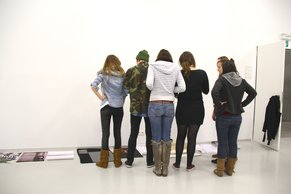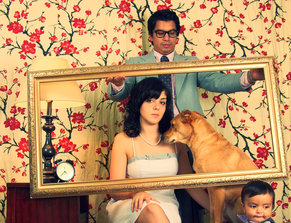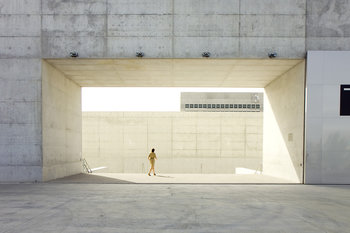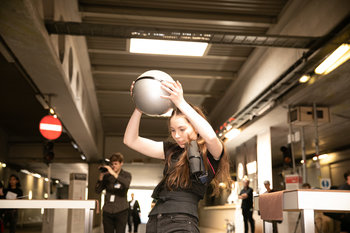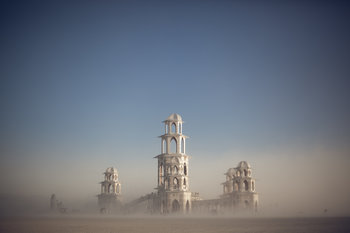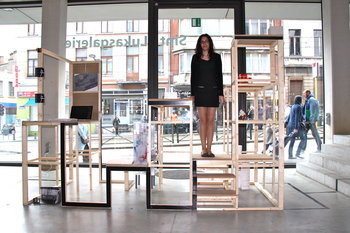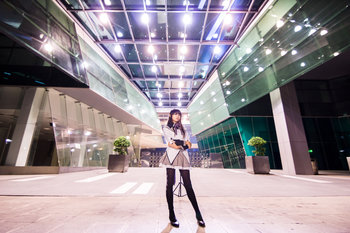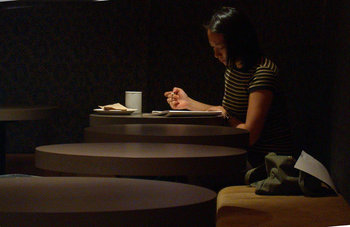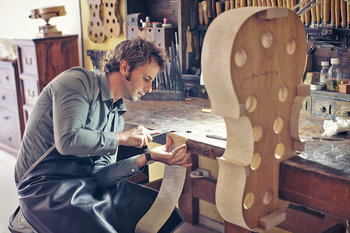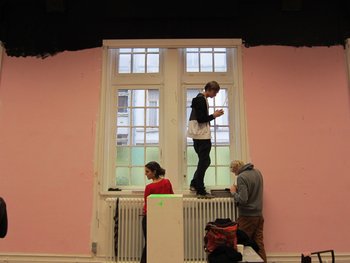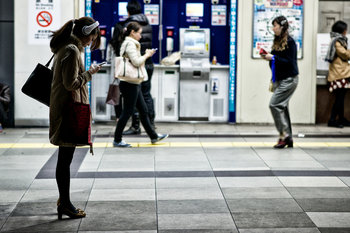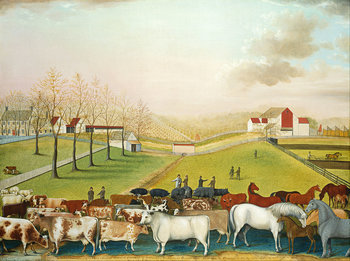
Less is More
Less is more is the foundational principle behind minimalism that suggests that removing features, functions and decorations often adds more value than adding them.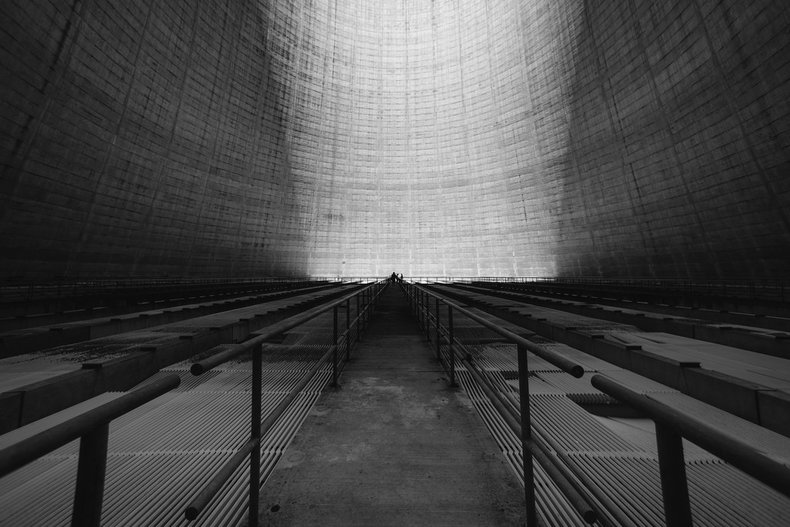
Ornament and Crime
Ornament and Crime is a 1910 essay and lecture by modernist architect Adolf Loos that had a profound impact on minimalist theory. The essay suggests that ornamental design is a crime because it causes things to go out of style and quickly lose their value. The essay compares decorative design to tattoos that Loos considers a mark of criminality. Ironically, Adolf Loos was later charged and found partially guilty of serious crimes.
Any Color You Want As Long As Its Black
Any color you want as long as its black, is a paraphrased quote of industrialist Henry Ford who is considered an early pioneer of mass production. It is perhaps not a coincidence that the popularity of minimalist design coincides with the rise of mass production whereby products were produced at scale in large numbers. In this situation, designs that have any personality at all will not sell well and every product must be stripped down to be plain and unoffending. For example, a mobile device that is available in two or three plain and conservative colors.
Design Orthodoxy
Minimalism became the dominant form of design in the period 1950-2010. This was pushed by education systems in support of the industrial economy producing generations of designers who espoused the virtues of minimalism. It remains common for designers to assume that minimalism is an undisputed best practice.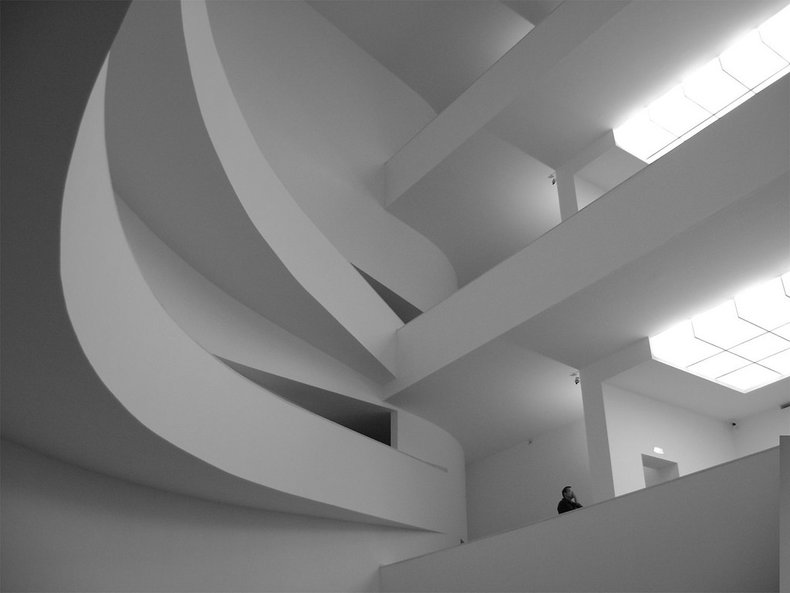
Abstraction
Minimalism in art is associated with abstraction. For example, a painting that is nothing but a blue square that represents an emotion. Minimalist art tends to lack popular appeal such that you need to be wrapped up in complex theories to enjoy it. As such, it is surrounded in a culture of intellectual elitism whereby individuals relish appreciation of art that is difficult to appreciate.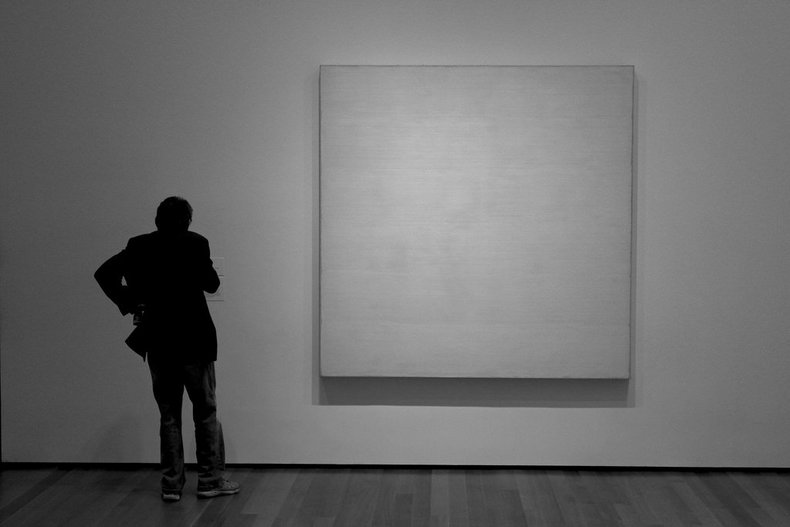
Repetition
Minimalism in music is characterized by repetition with gradual variation. This may be appreciated as a sort background music similar to elevator music.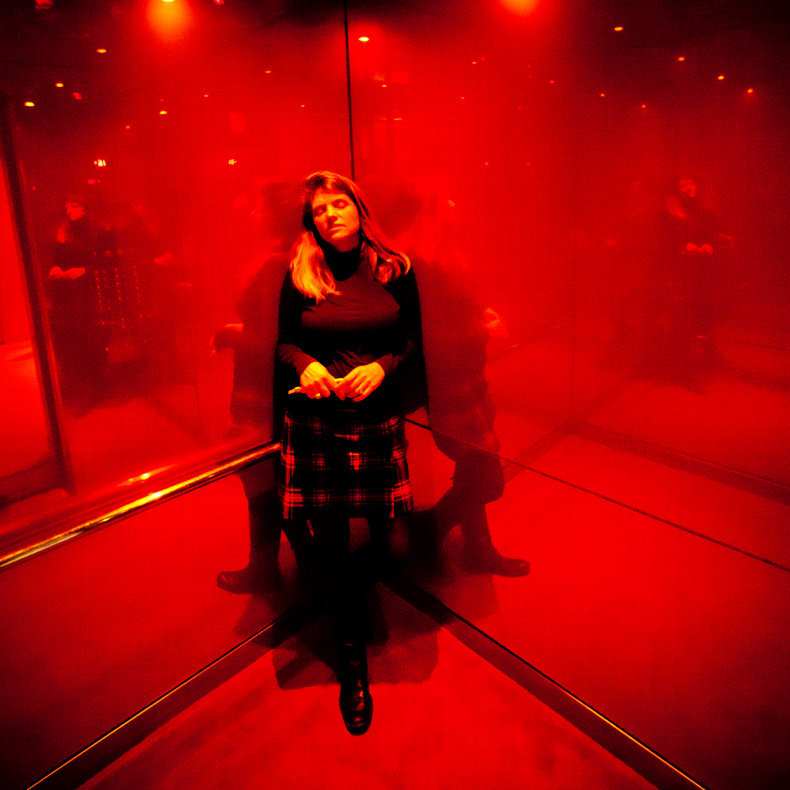
Automation
Automation is commonly used as a tool of minimalism whereby products, services and environments do things without being controlled by a person. This allows a user interface to be removed or simplified. It also takes away control from the user.
Form is Function
Form is function is the principle that designs be practical and well suited to their purpose without anything extra. This asks the designer to avoid doing anything too creative with a design that sticks to practicalities.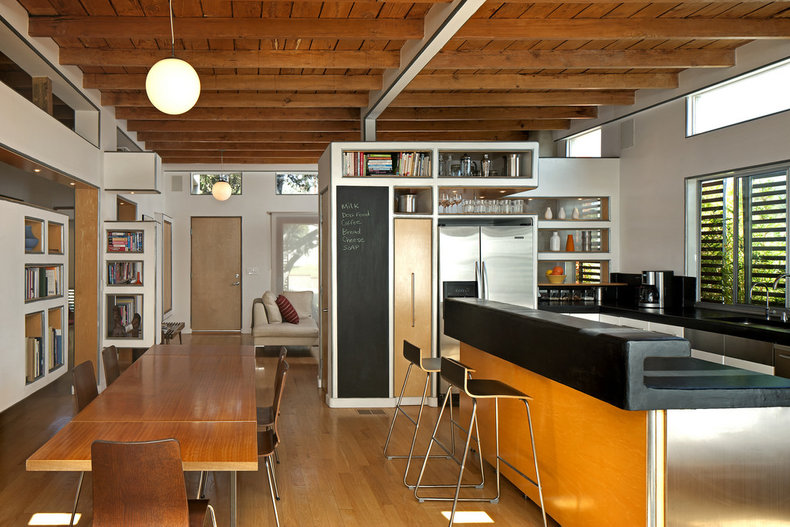
Essential Complexity
Essential complexity is a design principle that suggests a design be as simple as required to meet design goals and no simpler. This may be a realistic and useful principle for design as opposed to the minimalist notion that everything be as simple as possible no matter what the impact. As such, essential complexity is the preferred term for keeping things simple in complex domains such as engineering.
Truth to Materials
Truth to materials is a design approach that avoids covering up or concealing the true materials used in a design. For example, a building with bare concrete walls as opposed to paint that introduces color into life.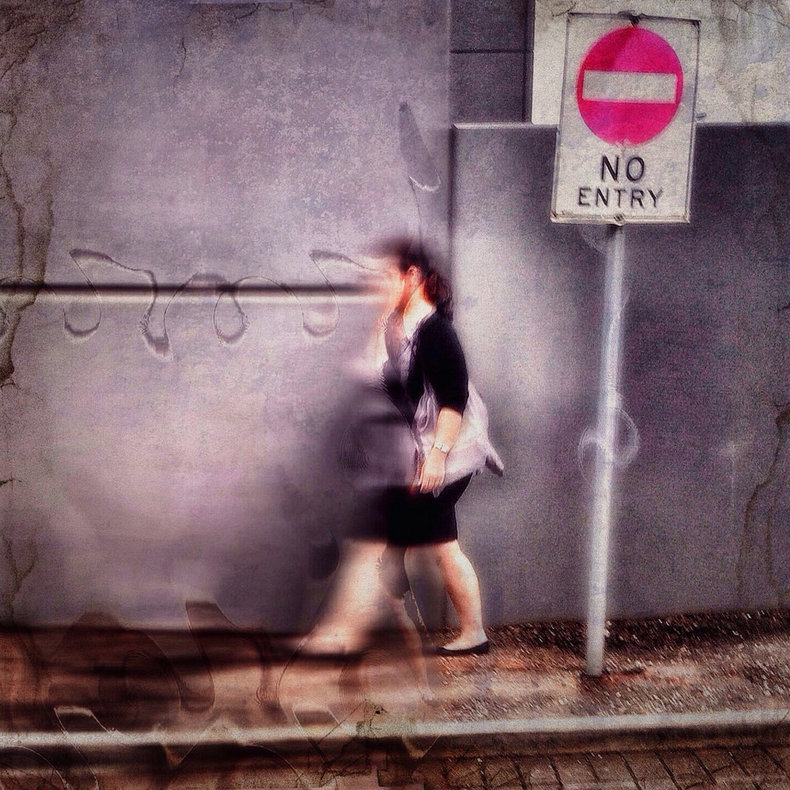
Austerity
Minimalism is associated with austerity such that every unnecessary material is removed from a design. This can also apply to things that have no cost such as words. For example, minimalist writing involves removing every unnecessary word.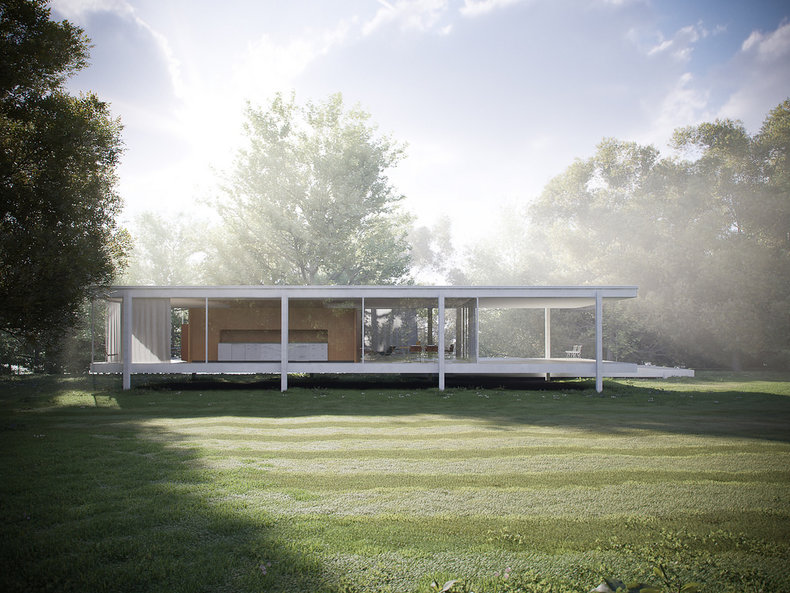
Philosophical Minimalism
In some cases, minimalism has a philosophical basis. For example, traditional Japanese minimalism originates with Buddhist thought that views life as fundamentally unsatisfactory and painful such that it is something to be transcended. According to this view, a chair should be as uncomfortable as possible so as not to contribute to any illusion of comfort.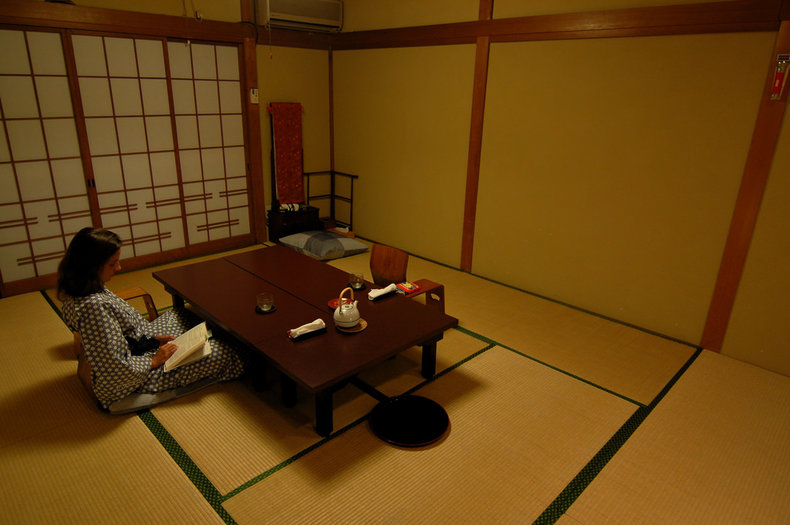
Simple Living
Minimalism may be adopted as a lifestyle whereby individuals try to consume less and live as simply and humbly as possible. This may be a reaction to the perceived wrongs of consumer culture or it may be a personal choice designed to work towards self-fulfillment.
Negative Space
Negative space is the empty space of a design that nonetheless has value. For example, the white space in a book layout that makes the book readable. Minimalist designs may focus on negative space and tend to have plenty of it.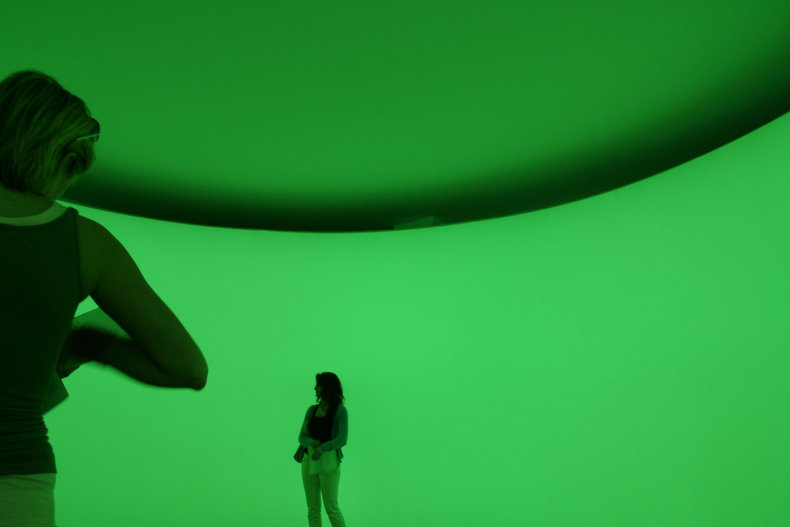
Information Density
Information density is the amount of information in a unit of space. Minimalist designs are associated with low information density such as informational content of a few sentences or less per page. This may involve a deep drill-down where information is buried at several levels. This can be contrasted with high information density layouts such as a traditional newspaper that packs information into a page.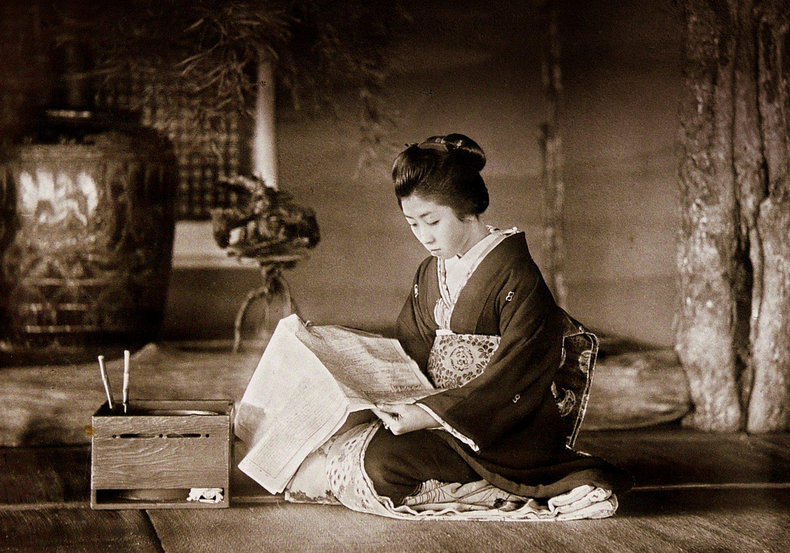
Worse is Better
Worse is better is the idea that features and functions often get in the way such that products should be stripped down to a minimum of functionality. This tends to benefit novice users who have few needs at the expense of more advanced users with more extensive needs and capabilities.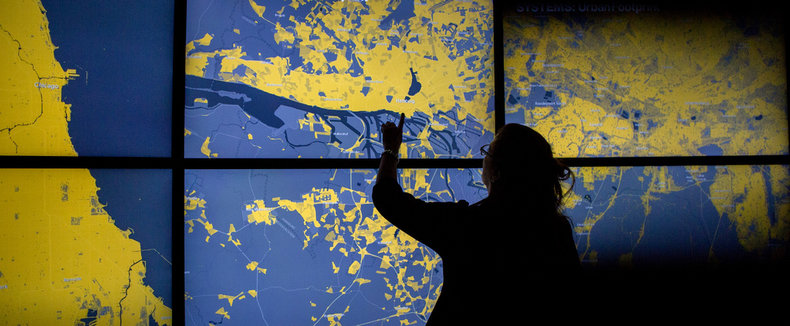
Complexity Preference
Complexity preference is the degree to which an individual prefers complex and stimulating environments as opposed to simple and plain environments. This differs greatly by culture and individual.
Less is a Bore
Less is a bore is a criticism of minimalism that suggests that it has created a world of concrete infrastructure and white rooms that is thoroughly unstimulating and unfriendly.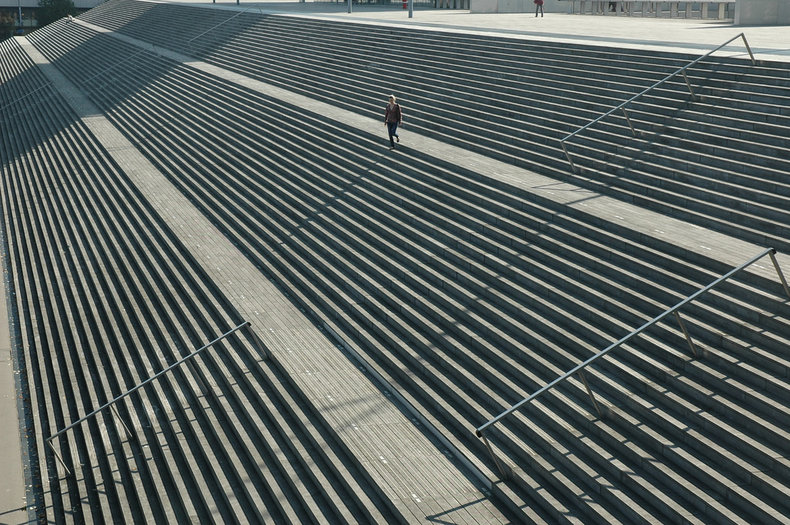
More is More
More is more is the idea that designs be decorative and function rich. For example, most postmodern architecture takes this approach along with most historical styles of architecture.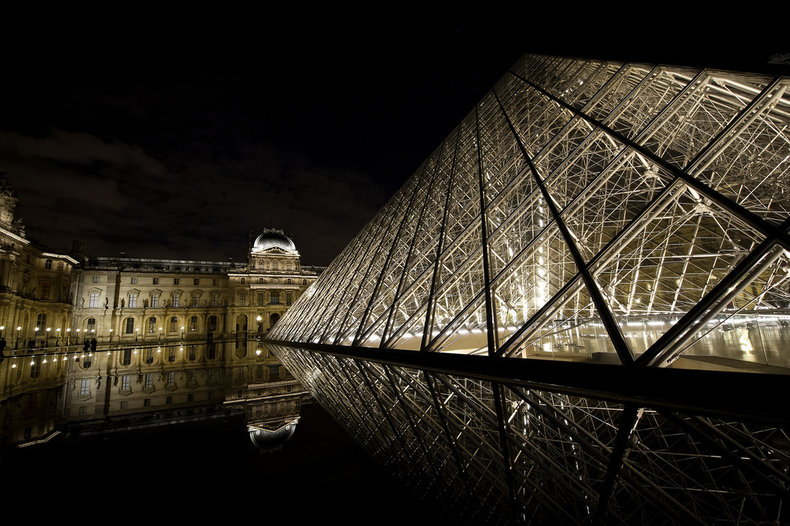
Maximalism
Maximalism is the application of more is more that is unguided by any sense of style or reason.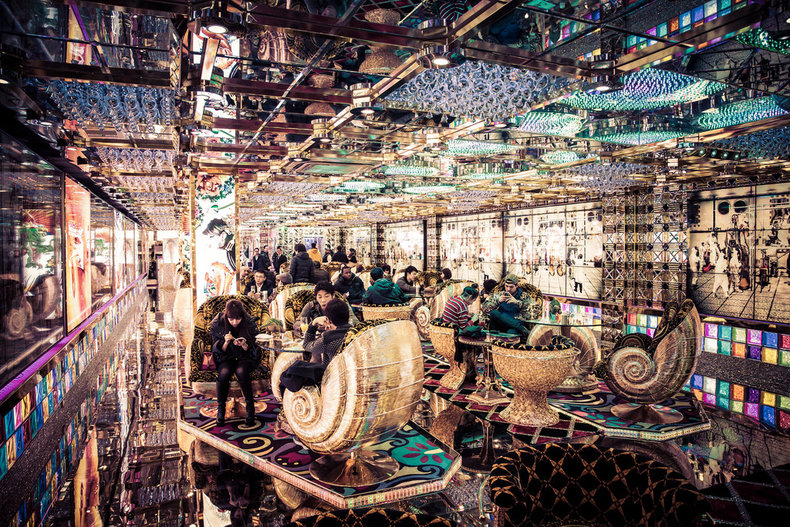
More is Different
More is different is the idea that complexity often offers value in unexpected and unpredictable ways. For example, a lack of building standards that allow a city to emerge with great complexity and variety such that it has a stimulating and vibrant energy to it.
New Complexity
New complexity is a design that reaches new levels of complexity not previously possible due to advances in technology. For example, electronic music that has thousands of layers. This is also a placeholder for future complexities that are difficult to imagine now such as multidimensional user interfaces that allow for high rates of productivity.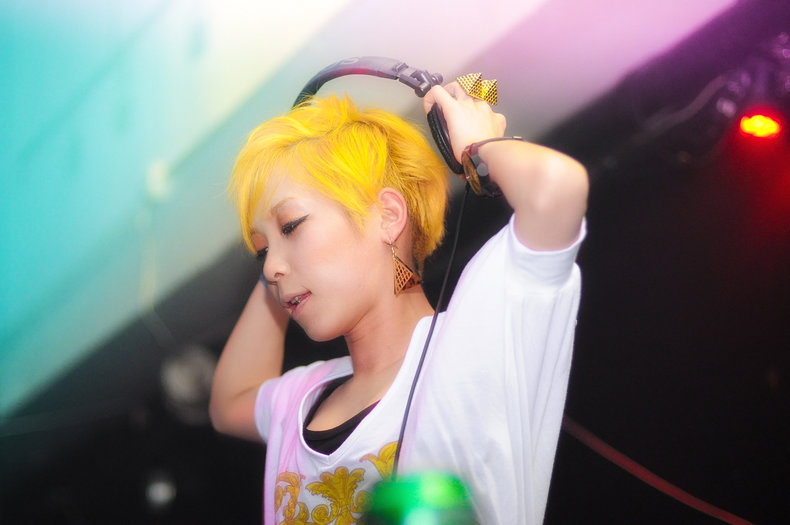
| Overview: Minimalism | ||
Type | ||
Definition | A reductive style or principle of simplicity. | |
Related Concepts | ||


